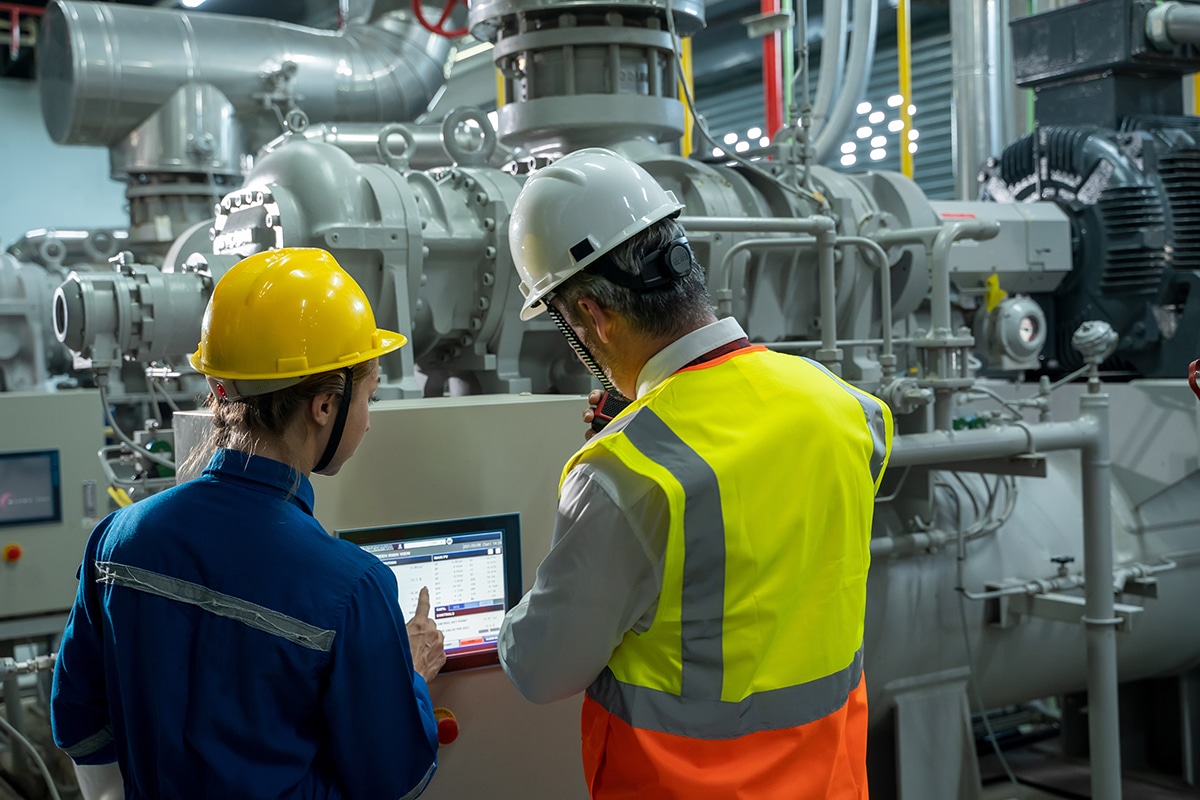The production operator : an important actor
The factory 4.0 is of course the installation of digital, connected and even “intelligent” equipment. But it is also – and even above all! – the adoption of this equipment by employees. Employees made more autonomous and more involved thanks to these new technologies.
And this empowerment must “descend” to the first link in the plant’s value creation chain: the production operator. For manufacturers, the challenge is to provide them with clear, efficient and easy-to-use decision-support tools.
What information to display on the workstation?
Key information on activity
- Go / NoGo take up position: a checklist to be completed, determining whether or not the operator can take his position, or must call on the team leader to solve the problems and unlock the station
- Control checklist : with configurable frequency: another checklist, dedicated to quality control and allowing to feed a monitoring database or possibly an andon call
- Operator help: a tutorial (video or not) linked to the part in use by the operator
Related information to productivity
- Production counters and OF counter:from a sensor, the operator accesses indicators such as the count of parts produced, the rate, the stops, the TRS (synthetic rate of return). The link with the ERP also offers visibility on the advance delay, the ratio of parts produced / to be produced, etc.
- Waste declaration:it allows to have the quality rate, the rejects counter. and to issue alerts in the event of deviations.
- Measurement of downtime: measured, identified and commented on by the operator
Related information to incidents (andon)
- Manual call: triggered by the operator for 1st level support (team leader or driver)
- Automated call: triggered on predetermined events (quality, technical or logistical drifts to trigger supplies, etc.)
Digitization of the workstation at the service of the operator
Thanks to the interconnection with the plant’s ERP, the operator control screen (let’s call it console 4.0) becomes a valuable empowerment tool. It allows the real-time exchange of information between the machine, the operator and, beyond that, the entire production system: upstream (the stock) as well as downstream (the operators who take care of the stages of after, until shipping).
A console 4.0 allows in particular:
- avoid or minimize shutdowns due to lack of supply
- limit break times thanks to better management of andon calls and alerts (see below)
- to make the operator responsible (and actor) for its production rate thanks to better monitoring of its indicators.


